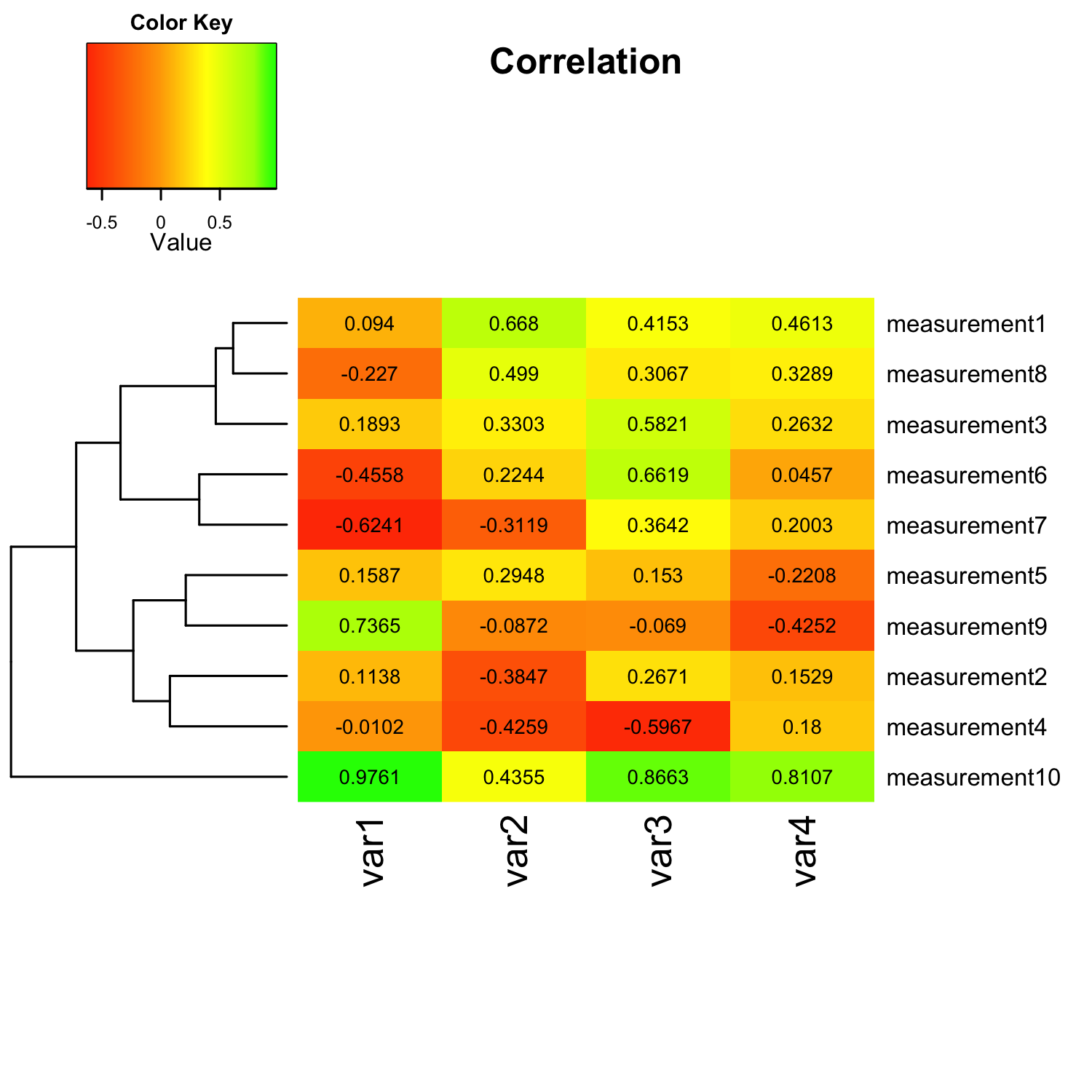

- TAPLY R CODE GEEKS HOW TO
- TAPLY R CODE GEEKS SERIES
Note that, each variable takes some place in the computer memory. The collection of objects currently stored is called the workspace.


The function ls() can be used to see the list of objects we have created: ls() "area" "height" "info" "lemon_price" "PACKAGES" "R_VERSION"

These two variables will be used to compute of the rectangle. The following R code creates two variables holding the width and the height of a rectangle. You can change the value of the object: # Change the value It’s possible to make some operations with it. R saves the object lemon_price (also known as a variable) in memory. Or use the function print(): print(lemon_price) 2 To print the value of the created object, just type its name: lemon_price 2 This means that lemon_price is different from Lemon_Price. Note that, it’s possible to use <- or = for variable assignments. The function is stored (using the assignment operator When the code hits the final curly bracket, the function exits.
TAPLY R CODE GEEKS SERIES
The function then takes the local variable x, and using a series of nested if/ else loops, prints out whether the number is greater than, less than or equal to zero. The first set of curly brackets then denote which lines of code are part of the function. Whatever variables are defined here are local variables, i.e. they only exist within the function, and are destroyed once the function exits. The function(x) part defines a function object that takes an argument x. This piece of code is broken down as follows: The answers are different # because each line generates a different set of # random numbers - the replicate we would need # to set the seed for(i in 1 : 10) # the code can be condensed to a single line # using nested functions. Often, native R code is very useful to know, and so the following sections inroduce some (hopefully) familiar concepts in the context of R. We have already seen examples of this for functions such as mean() and sum(). Many R functions get around this by virtue of being wirtten in C (or Fortran), and simply providing a user-friendly interface to a fast C executable. For complex, highly computationally demanding algorithms, this difference can be highly significant. For simple problems this difference is often practically negligible, and is often counter-balanced against the fact that R code is usually significantly faster to write. For example, a for loop written in native R code will generally be much slower than an equivalent loop written in C. In addition, R has many packages which provide functions to implement a huge number of different algorithms or analyses etc. It is also not necessary to declare objects in advance of using them-you can create objects ‘on-the-fly’, and even change an object type without any memory reallocation. For example, it is not necessary to differentiate between integer, float and double types for numerical arrays. TAPLY R CODE GEEKS HOW TO
In this part of the practical we cover how to implement some standard programming practices, such as for and while loops, conditional if statements and so on.Īs previously stated, R is a high-level language, and as such does not require the same level of code complexity to work. It is often easy to forget that it is a fully functional programming language in its own right. The popularity of R is in part due to its fantastic statistical packages and extremely flexible graphical capabilities.








 0 kommentar(er)
0 kommentar(er)
